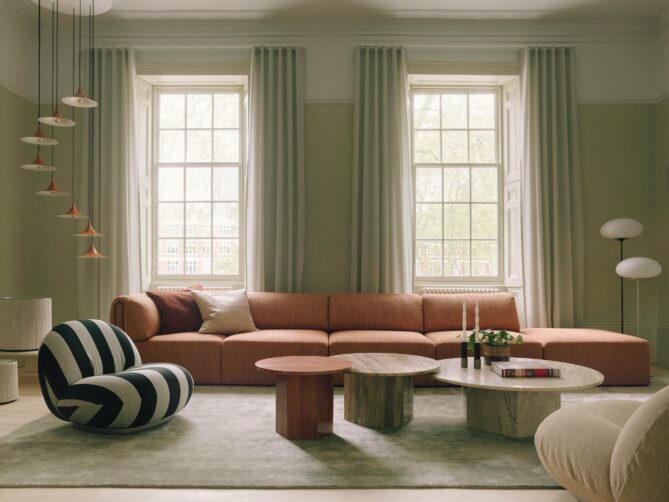
Cutting-edge design and intimate environments don’t always go hand in hand. At the new GUBI House showroom in London, however, the brand’s iconic pieces seem to have merged with their 18th-century surroundings and found a new lease of life. For lovers of well-curated interiors, the result is a warm welcome indeed
London’s Clerkenwell has long been recognised as a hub for the architecture and design industry, with its showrooms and studio spaces being some of the most sought-after in the capital. The latest brand to get its hands on a space there is global design house GUBI, which recently opened its first London location on Charterhouse Square.
GUBI’s chief brand officer, Marie Kristine Schmidt, says that London was top of the list for quite some time during discussions on where to open the first showroom outside of Copenhagen. Unsurprisingly, finding and securing a Grade II-listed Georgian townhouse in a location such as this was a couple of years in the making.
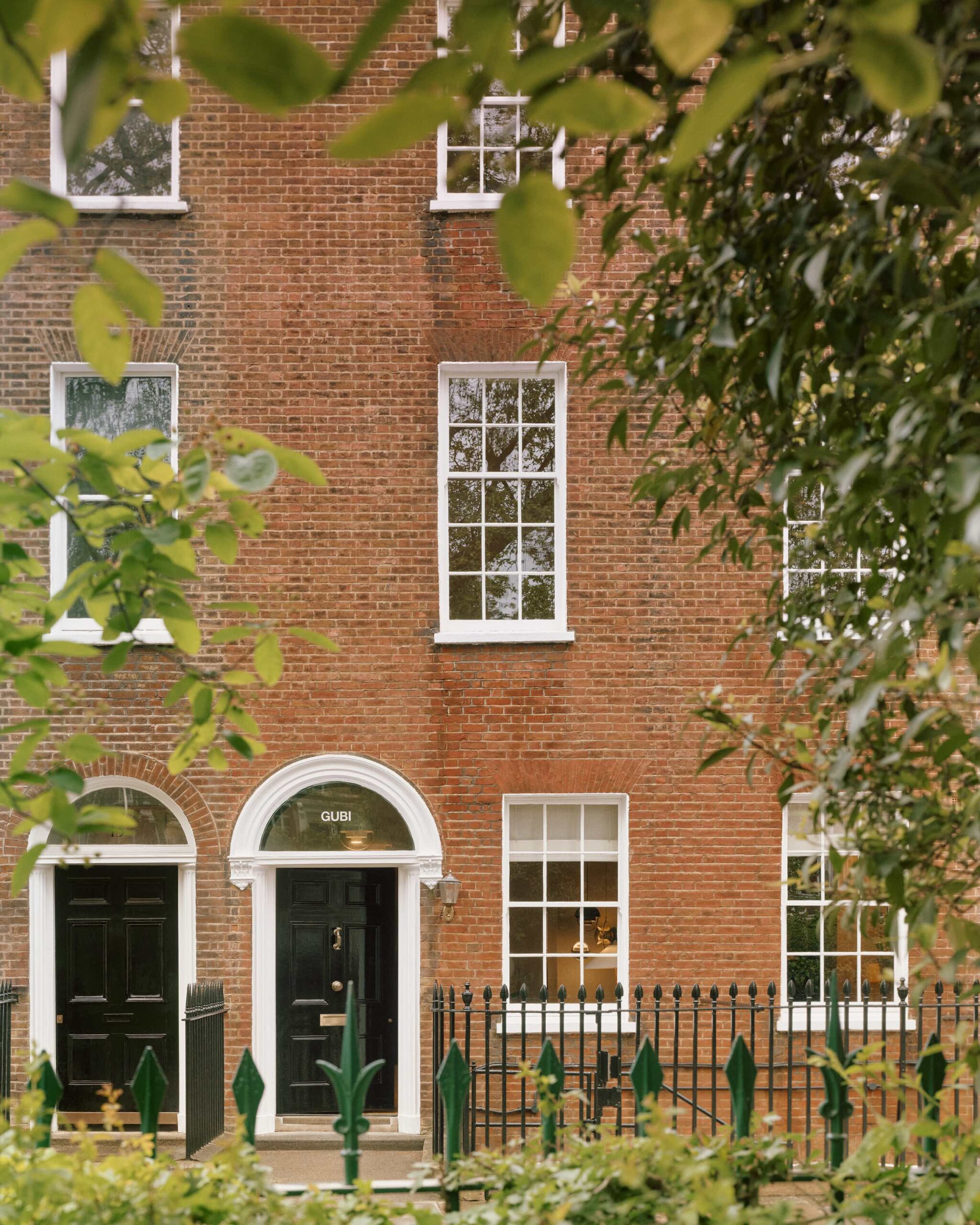
As well as London being an interesting market for press and media, Schmidt feels that there is “a good demand for the brand” in the city. She adds: “Every time we do something as a brand, we try to reflect the spirit of the local market, so for our new location we looked at what could make it truly London while adding our own flavour to it.”
While GUBI is fundamentally a consumer brand with products designed for the home, it is increasingly being sought after in hospitality and now in workspaces. Schmidt puts this down to “a desire to create workspaces that reflect a different set of values” since the pandemic, as businesses come to realise that their brand and culture are echoed in their interior design.
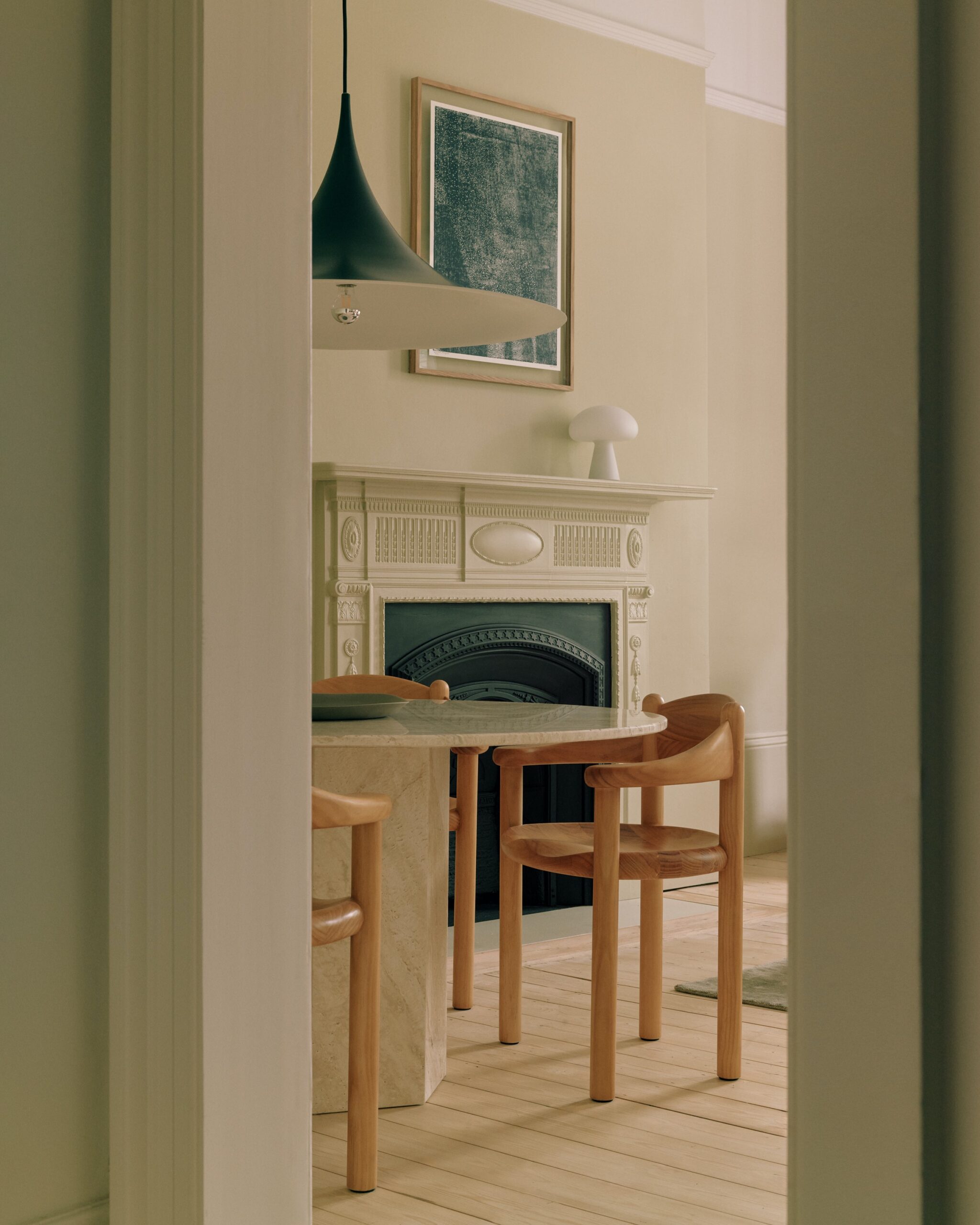
“You need to create an environment that tells a story of what kind of business you are, to create a community and attract people in,” says Schmidt. She adds that GUBI furniture’s flexibility and “sense of domesticity” can help with this, leading to increased demand in office settings. If businesses can use interior design to make people feel more comfortable coming back into the office, it will ultimately lead to increased productivity, creativity and community, according to Schmidt.
She also notes that the types of settings that people enjoy being in have changed over time. “We’ve had all these open-plan workspaces for a long time, but I think people are coming to like spending time in more intimate areas, which is why we created different types of room settings in GUBI House.”
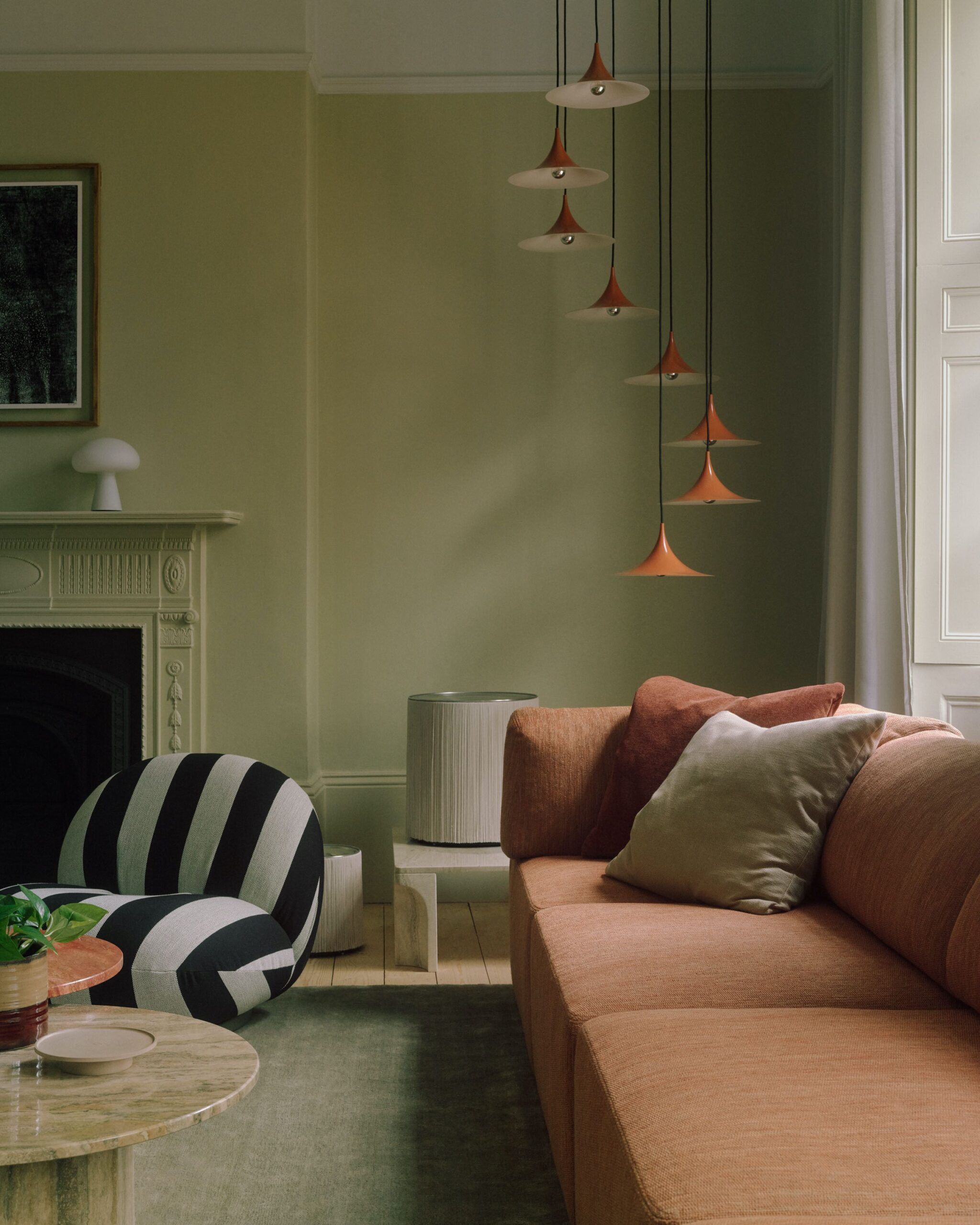
Some rooms in the townhouse come across as more casual lounge spaces, while others reflect a more traditional office setting. One room even has the layout of a relaxed kitchen and breakout area; a workplace interpretation of the spacious, open-plan kitchen and dining rooms that are so popular in residences.
The versatile furniture pieces throughout GUBI House, such as GamFratesi’s iconic Beetle and Bat lounge chairs and Illum Wikkelsø’s curvy Croissant lounge chairs, could easily fit right into homes, hospitality or office spaces, making them suitable for a wider customer base in the brand’s London market.
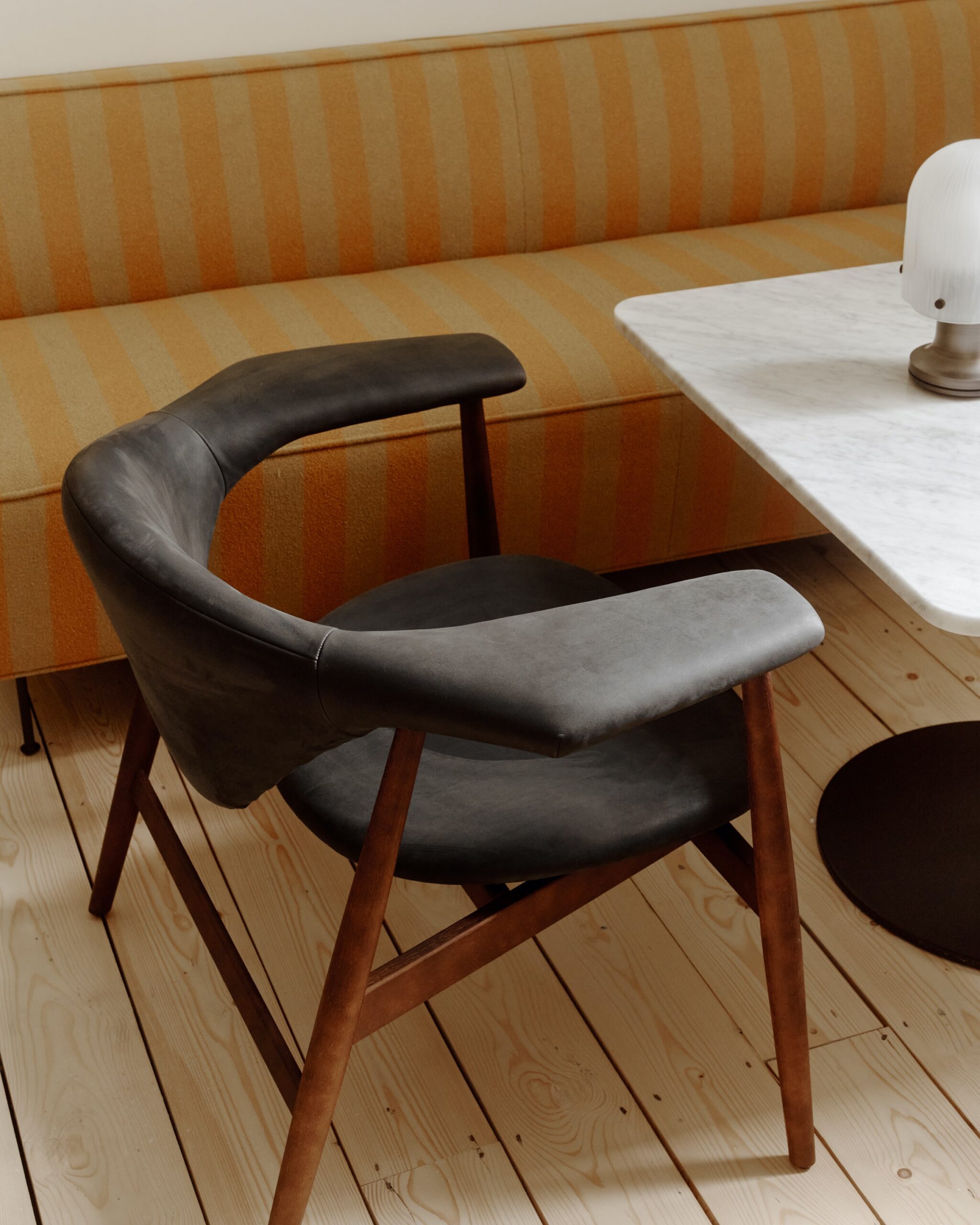
Schmidt also highlights that consumers are now more inclined to use the design of their interiors to bring the outside in, whether it’s at home or in the office. In light of this, GUBI House features more natural materials like bamboo, stone and wood, as well as textiles that are robust enough for workspace use while still embodying earthy textures and patterns.
GUBI hopes that the London location will go beyond being a showroom and also serve as a community space to hold talks and events for the industry. The brand already has plans in place for the upcoming London Design Festival, with a separate programme of open-house events to be revealed in 2025 for press, creatives and consumers.
Images by Michael Sinclair
This story was originally featured in OnOffice 168, Autumn 2024. Discover similar stories by subscribing to our weekly newsletter here

























